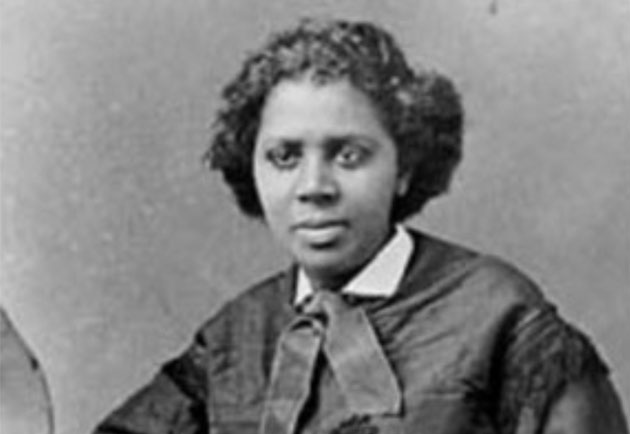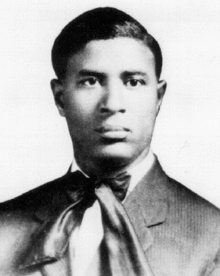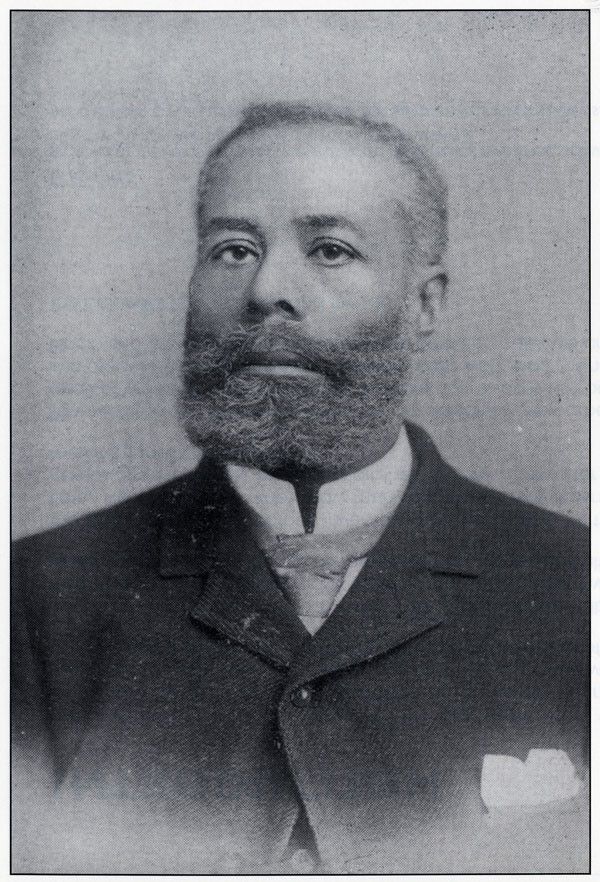Black History Facts
6 Black Inventors Who Made Daily Life Easier
The Improved Ironing Board, Invented by Sarah Boone in 1892

The ironing board is a product that’s used possibly just as much as it’s overlooked. In the late 19th century, it was improved upon by Sarah Boone, an African-American woman who was born a slave. One of the first black women in U.S. history to receive a patent, she expanded upon the original ironing board, which was essentially a horizontal wooden block originally patented in 1858. With Boone’s 1892 additions, the board featured a narrower and curved design, making it easier to iron garments, particularly women’s clothing. Boone’s design would morph into the modern ironing board that we use today.
The Three-Light Traffic Light, Invented by Garrett Morgan in 1923

With only elementary school education, black inventor (and son of a slave), Garrett Morgan came up with several significant inventions, including the improved sewing machine and the gas mask. However, one of Morgan’s most influential inventions was the improved traffic light. Without his innovation, drivers across the nation would be directed by a two-light system. Thanks to the successes of his other inventions, Morgan became the first black person in Cleveland, Ohio to own a car. As a motorist, he witnessed a severe car accident at an intersection in the city. In response, he decided to expand on the current traffic light by adding a “yield” component, warning oncoming drivers of an impending stop. He took out the patent for the creation in 1923, and it was granted to him the following year.
Refrigerated Trucks, Invented by Frederick McKinley Jones in 1940
If your refrigerator has any produce from your local grocery store, then you can credit African-American inventor Frederick McKinley Jones. Jones took out more than 60 patents throughout his life, including a patent for the roof-mounted cooling system that’s used to refrigerate goods on trucks during extended transportation in the mid-1930s. He received a patent for his invention in 1940, and co-founded the U.S. Thermo Control Company, later known as Thermo King. The company was critical during World War II, helping to preserve blood, food, and supplies during the war.
Automatic Elevator Doors, Invented by Alexander Miles in 1887

The use of elevators in everyday life keeps people from committing to long and grueling climbs up several flights of stairs. However, before the creation of elevator doors that close automatically, riding a lift was both complicated and risky.
Before automatic doors, people had to manually shut both the shaft and elevator doors before riding. Forgetting to do so led to multiple accidents as people fell down elevator shafts. When the daughter of African-American inventor Alexander Miles almost fatally fell down the shaft, he took it upon himself to develop a solution. In 1887 he took out a patent for a mechanism that automatically opens and closes elevator shaft doors and his designs are largely reflected in elevators used today.
Electret Microphone, Co-Invented by James E. West in 1964
More than 90 percent of the microphones used today, including the microphones used in phones and cameras, was co-invented by a black man. Dr. James E. West was tasked with creating a more sensitive and compact microphone while working at Bell Labs in 1960. Along with his German colleague Gerhard Sessler, West invented the foil electret microphone, which was considerably less expensive to produce than the typically used condenser microphones. Two years after it was invented, the final model of the microphone was developed and in 1964 they patented the landmark invention. Only four years later, the new microphone was in wide production was used in hearing aids, tape recorders, most telephones and baby monitors.
Carbon Light Bulb Filament, Invented by Lewis Latimer in 1881

The light bulb itself was invented by Thomas Edison, but the innovation used to create longer-lasting light bulbs with a carbon filament came from African-American inventor Lewis Latimer. Latimer, the son of runaway slaves, began work in a patent law firm after serving in the military for the Union during the Civil War. He was recognized for his talent drafting patents and was promoted to head draftsman, where he co-invented an improved bathroom for railroad trains.






